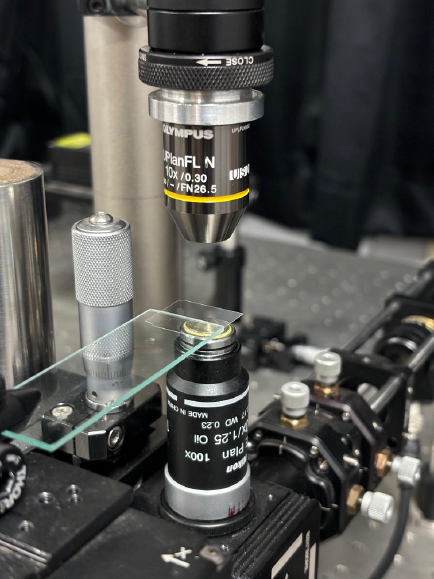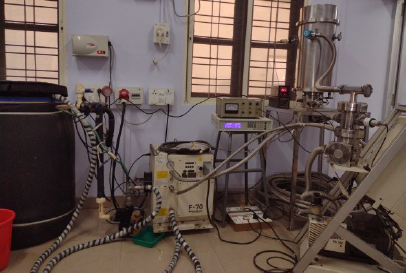RESEARCH
Prof. Partha Pratim Mondal lab
Prof. Partha Pratim Mondal || Mondal lab peruses both fundamental and applied research in the broad area of Cryoelectron Microscopy, Applied Physics and Biophysics. This research areas include, Single Molecule Physics, Cryoelectron Microscopy, Light Sheet Microscopy, Optical Traps, Super-resolution Microscopy, Nano Fluidics and Devices, Optical microscopy, Fluorescence microscopy, Ultrafast imaging, Imaging Cytometry and Multi-dimensional image reconstruction. The research work is focused on the development of optical microscopes that is capable of spatio-temporal super-resolution and optical systems design. The lab is actively engaged in developing new optical/cryo imaging techniques based on single molecules and Light-sheets for applications in physical and biological sciences. Some of the ongoing techniques include: Optical Super-Resolution Microscopy, Optical Tweezers for Cell Biophysics, Light Sheet Imaging Cytometry – LIVE, Nanolithography and Nano-fluidics, iLIFE Imaging Cytometry – Imaging on the go, Disease Biology (Dengue, Influenza and Cancer) and Cryoelectron imaging of sub-cellular organelles. The main thrust is to develop and extend these advanced techniques for applications in Fundamental Physics and Cryogenics.

Super-resolution microscopy using super-cooled (-900C) detectors

Planar Optical Tweezers
Dr. Upendra Behera lab
The advanced cryogenic technology laboratory conducts applied research in the field of cryogenics, focusing on critical areas such as cryocoolers, cryogenic transfer lines, cryo-sorption pumps, helium liquefier development, cryogenic systems for MRI magnets, and the calibration of cryogenic temperature sensors ranging from 300 K to 4.2 K for ISRO’s cryogenic rocket engines. Other research activities include testing the thermal conductivity of materials between 300 K and 4.2 K, examining the properties of rare-earth magnetic materials from 30 K to 4.2 K for regenerators, and developing storage vessels for liquid nitrogen and liquid helium. Additionally, the work covers the development of linear motor compressors for cryocoolers, helium compressors, and transfer couplings.
The cryogenic temperature sensor calibration facility plays a crucial role in ISRO’s space program, having been used to calibrate sensors for both LPSC and IPRC. These calibrated sensors are employed in ground testing and launch vehicles for ISRO’s rocket engines, highlighting the facility’s significance in India’s space exploration efforts. Till date over hundreds of indigenous cryogenic temperature sensors have been calibrated and developed to ISRO for its use.
Recognizing the importance of low-temperature cryocoolers for future space missions, the group has initiated research and development efforts to create reliable and robust linear motor compressors that meet ISRO’s needs. The organization has also developed an experimental test facility to assess the properties of rare-earth magnetic materials for low-temperature regenerators in space applications.

D.S.Nadig lab:
The lab specializes in cryogenic treatment of metals and calibration of propellant level sensors to support ISRO’s activities. A custom-designed Cryotreatment system has been developed to enhance the dimensional stability of pressure transducer diaphragms. These diaphragms, made from precipitation-hardened martensitic stainless steel (APX4), undergo a 36-hour Cryotreatment using liquid nitrogen. To date, over 10,000 diaphragms have been successfully cryotreated, calibrated, and delivered to LPSC, ISRO.
The lab is also focused on calibrating capacitance-based cryogenic level sensors, essential for accurately monitoring LOX and LH2 levels in launch vehicles. A dedicated in-house calibration facility has been meticulously designed to ensure precision and meet the stringent space requirements. So far, approximately 60 sensors have been successfully calibrated and delivered, significantly contributing to ISRO’s launch activities.
The lab continues to play a pivotal role in advancing space technology, providing innovative solutions that enhance ISRO’s space exploration missions.

